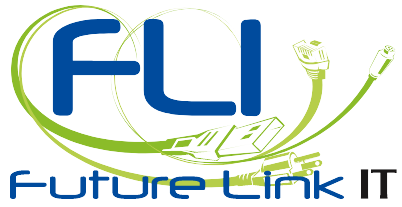 Your network is constantly growing and changing. People are entering and exiting your organization.
Your network is constantly growing and changing. People are entering and exiting your organization.
You must take time to regularly evaluate your network and your IT needs and make a plan. Think about how you can create more value for your business through your networks.
Invest or Maintain. How do you know when to pull the plug? It’s a fine line, determining when to let go of old IT equipment and when to upgrade to new equipment. On the one hand, as a thrifty manager, you want to squeeze the entire bang from your hardware buck. On the other, the lowered productivity, increased downtime and elevated levels of user misery caused by aged equipment can be a drain on your department, and on your company’s bottom line. A qualified IT consultant will determine what the load is on your server, determine if it maxed out and let you know the expected life of your server. Your IT professional will also look at your printers, cost of ink cartridge replacement and the amount of pages it produces. Overall cost for your business is more directly related to ink/toner cost than actual investment in printers. Together you can both come up with a plan that will fit your budget and your needs.
Total Cost for your organization. Are budget constraints or a lack of time and resources preventing you from expanding your network to match your ever-evolving business needs? Spending a little money now to have a professional IT consultant examine your data storage and resource capabilities and help you determine if your current infrastructure and hardware are operating near or beyond their capacity will be a worthwhile investment. . Keep in mind that refreshing servers every three or four years can generate a significantly lower total cost and can also provide room for application growth. Keeping your server technology up-to-date pays you back in the long run.
Carefully evaluate and establish priorities. Are you protected in the event of unplanned downtime, slow site performance and natural disasters? Is your IT system benefiting from the highest levels of security, redundancy, and reliability? The first step is having your IT consultant carefully evaluate existing IT infrastructures. Together you can then work on a three step plan. Short, moderate and long term planning that will be based on your current operational system, your budget and your company’s needs. This will cut costs and streamline processes and make a major impact in improving your bottom line.
Have a plan for the Big Picture. There are many different approaches to managing the hardware life cycle, based on factors such as the size of your company, the number and locations of offices, and financial priorities. However, experts agree that the most important thing about a life-cycle plan is to have one. Your IT support person can help your business make decisions about acquiring, managing and disposing of hardware. It is important for your organization to make big picture decisions a priority, not an afterthought. Factor in that newer technology allows for better performance, improved memory, higher efficiency all equals a decrease in the overall facilities cost and productivity.
What it takes to successfully operate, manage and scale your system’s infrastructure is significantly different today than it was fifteen years ago. Companies that are proactive in making short, moderate and long term plans will derive a lot more value from their decisions than those that are re-actively planning. The most optimal planning should happen when you’re buying the equipment. Decisions need to be based on the value of the hardware at the end of the equipment’s life, warranty provisions, user needs and capital resources of the company.
